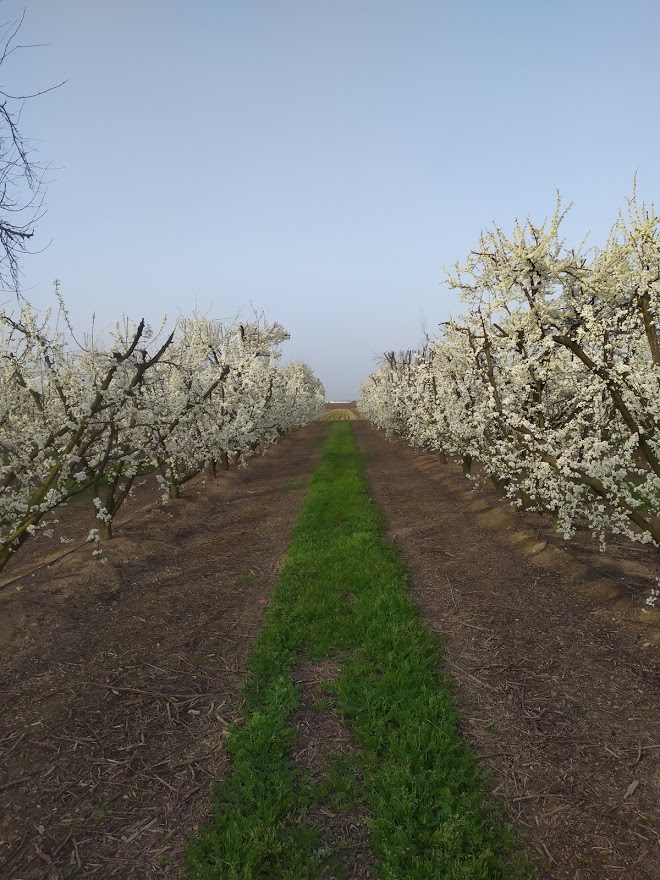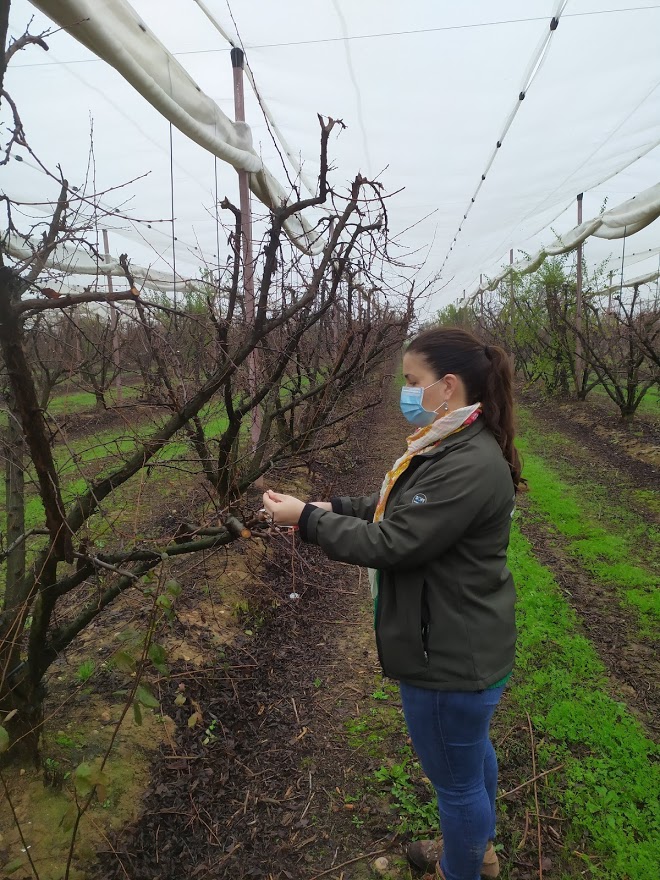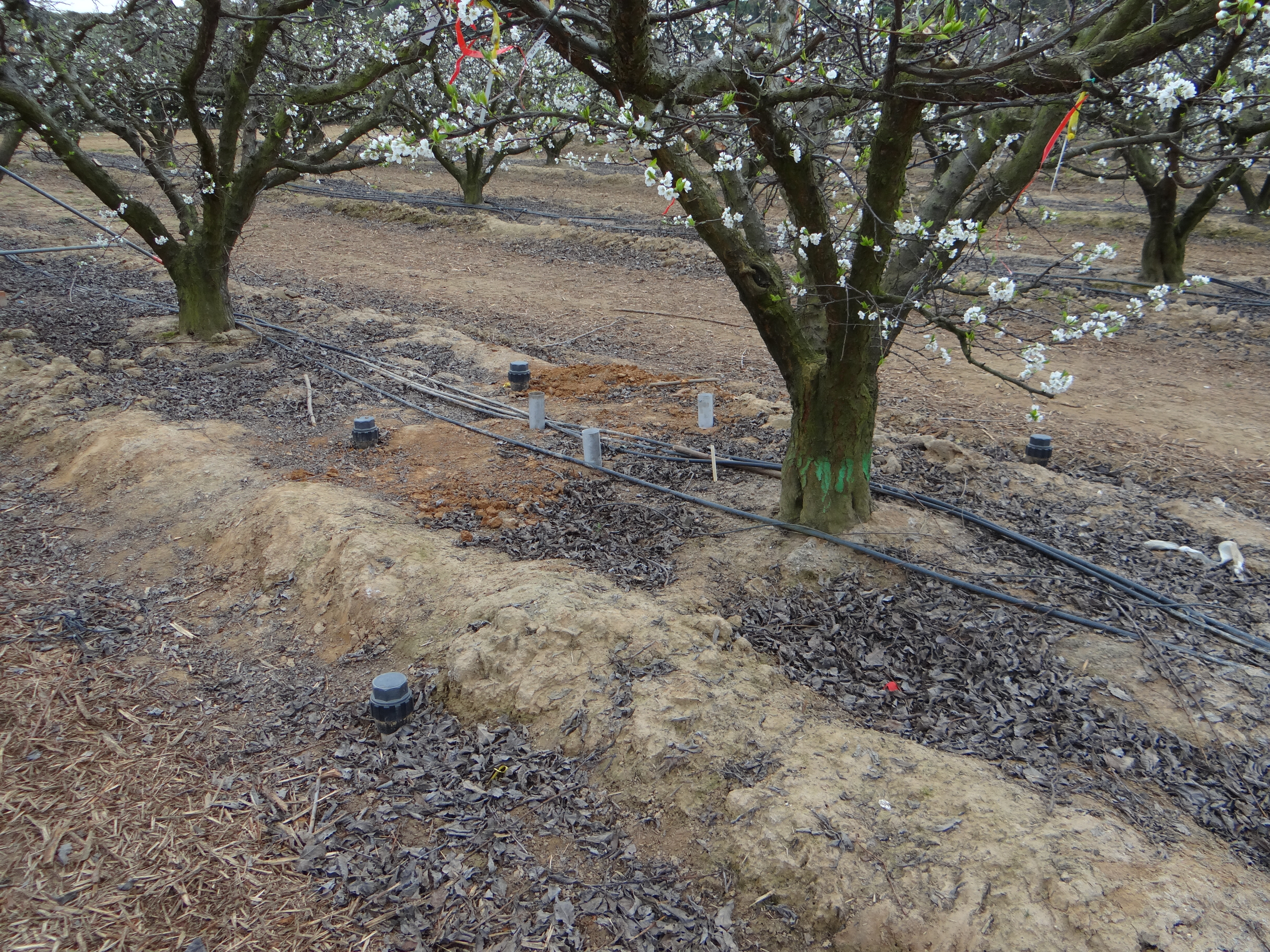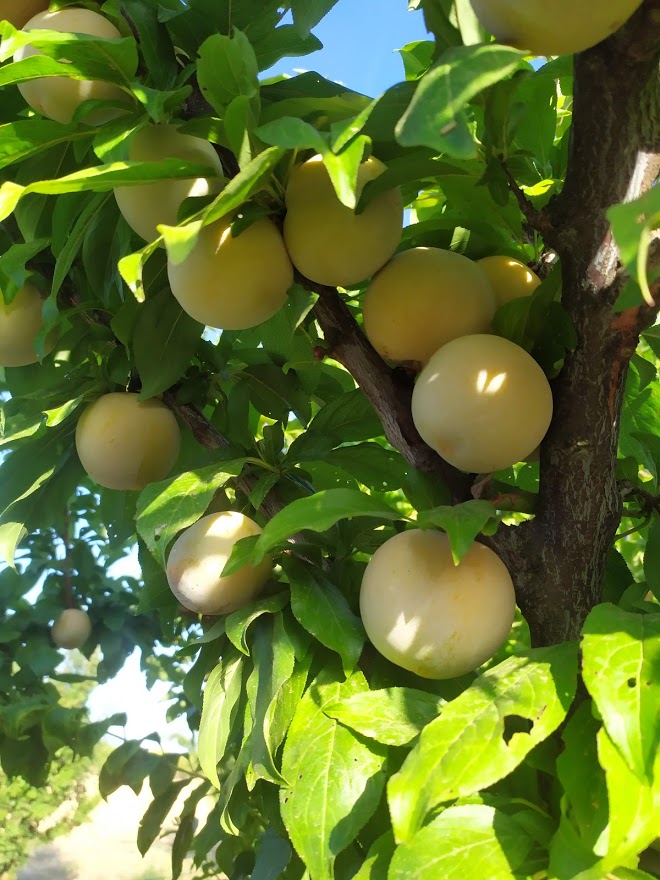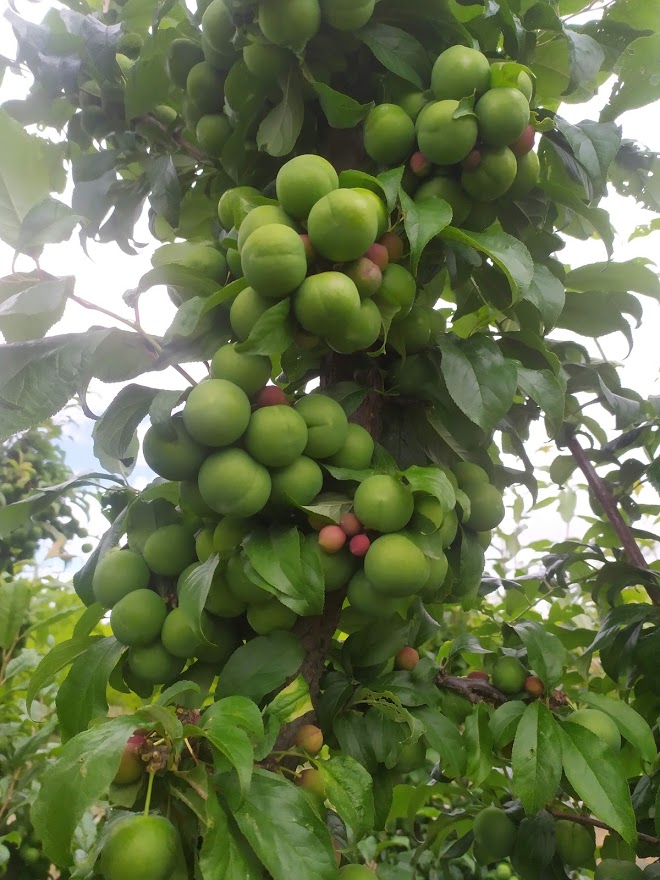
Japanese plum
 General information
General information
The Japanese plum (Prunus salicina Lindl.) occupies a crop area of 3 million hectares (ha) worldwide (FAOSTAT, 2021). Spain occupies the 13th position in the world ranking with 14,850 ha, and 4th position in the European ranking for the number of hectares dedicated to this fruit tree. Within the Spanish territory, this type of plum is mainly grown in Extremadura, with 47% of the crop areas and nearly 49% of the total production. The Extremadura plum is nearly entirely destined to fresh consumption (93,4%), with 22% of this proportion being exported to EC and non-EC countries equally, representing an important economic and social element in the fruit industry of the region.
 Production issues
Production issues
In spite of the ability the majority of current plum varieties have to adapt to the soil and climate of Extremadura, this fruit can on occasion encounter problems that affect production and commercialisation in the long run. Inadequate fruit setting and the agronomic management of plantations, with specific irrigation and fertilisation problems, are the main issues. An adequate design of the plots, together with correct irrigation and fertilisation scheduling, are key aspects to maintain the profitability and sustainability of the Japanese plum production.

Semi-in vivo directed pollinations in the laboratory for the determination of varietal compatibility relationships
 Compatibility and fruit setting
Compatibility and fruit setting
Amongst other aspects, the key to obtaining a good crop is the adequate selection of the pollinator varieties for the plantations, as they must be matched in terms of blossoming time and also be genetically compatible. Otherwise, fruit setting might not be successful some of the years and for some varieties.
The majority of varieties of the Japanese plum need cross pollination. This is the reason why in order to ensure a successful production, it is essential to identify the varieties that are genetically compatible and require similar temperature conditions in order to blossom at the same time. At CICYTEX, we have been cooperating with CITA in Aragón, or many years to study the compatibility relationships between varieties and, more recently, the temperature parameters, that determine the end of the dormant stage in certain varieties of the Japanese plum.
 Irrigation and fertilisation
Irrigation and fertilisation
The way irrigation and fertilisation are managed is one of the other factors with a direct impact on production. According to the ripening period of plums, the time between fruit setting and harvesting can range between three months -in the earlier varieties- and seven months -in the later varieties-. This variation establishes the need to adjust the irrigation and fertilisation schedules to the specific features of each variety.
The first of projects carried out at CICYTEX’s Finca La Orden to determine the water requirements of the Japanese plum and the use of regulated deficit irrigation (RDI) strategies for varieties with different ripening cycles date back to 2000. During these years we have managed to optimise the use of irrigation water according to the harvesting time of each variety and reduce the irrigation volumes by imposing a specific stress level at specific times of the tree phenological cycle that are identified as less sensitive to water shortage.
In terms of fertilisation, the general purpose of this practice is to supply the necessary nutrients for an optimal development of the crop. Many research tests have been performed on the impact of the various fertilisation volumes on productivity and the quality parameters with fruits from different Japanese plum crops. In the course of these projects we have continuously tested the nutritional status of the trees using various nutritional diagnostic tools –some of which may be destructive, while others are not - and which, together with the analysis of the soil and irrigation water, enable us to adapt the fertilisation schedule to the production needs.
The incessant renewal of the varieties of this crop and the future forecast of low availability of irrigation water in semidry areas, as a consequence of the effects of climate change, have driven producers to face new challenges, which CICYTEX can attempt to overcome by providing solutions to each individual plantation.
 Post-harvest period
Post-harvest period
As mentioned, part of the plum production is exported to countries of the European Union and other international markets for fresh consumption. We are also working on the identification of varieties with “travelling” features that might be similar or better than the well-known “Angelino” plum variety. We are also working on placing value in other varieties that are especially interesting in terms of their nutritional and bioactive properties.




